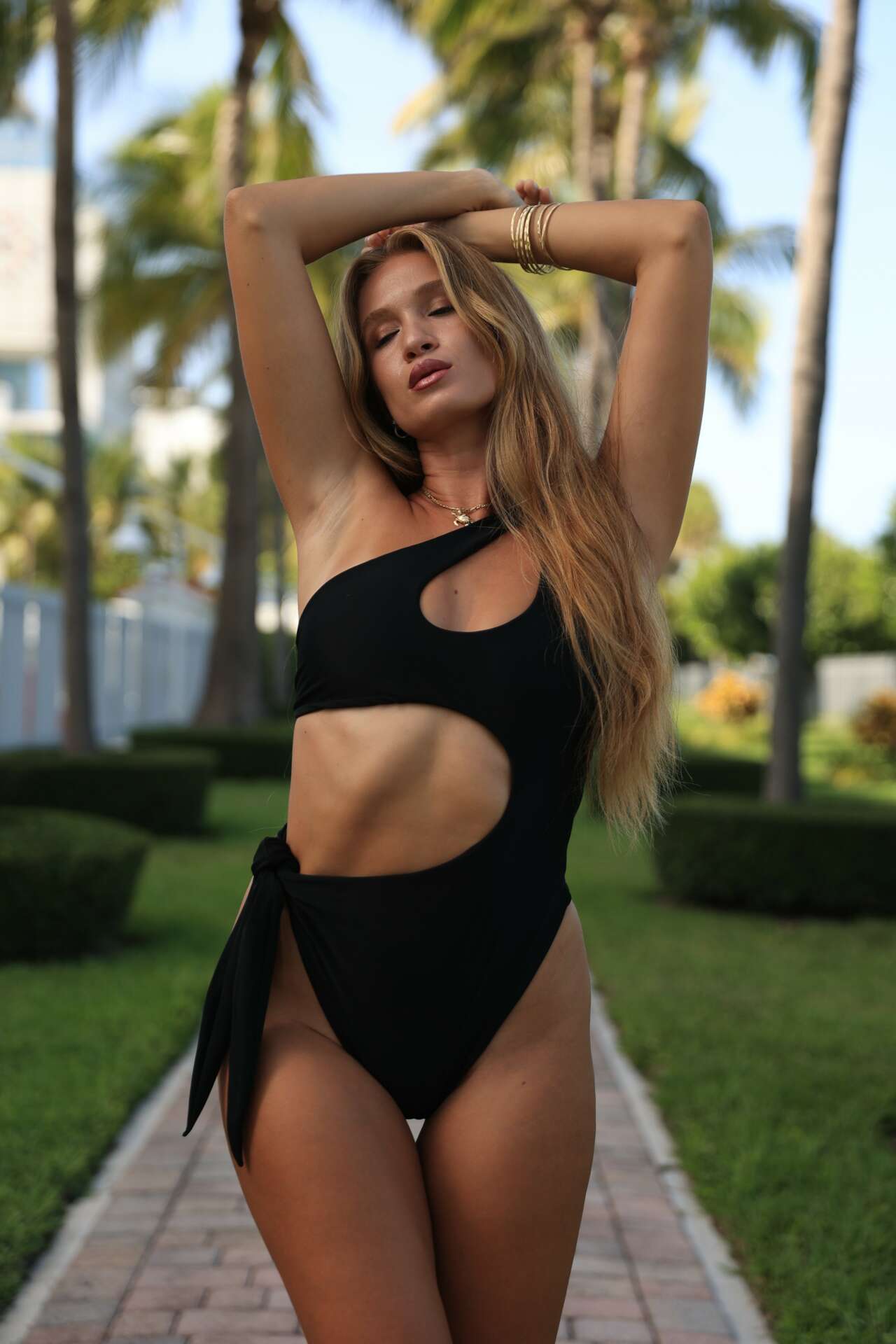We were lucky to catch up with Amy Ryan recently and have shared our conversation below.
Amy, thanks for joining us, excited to have you contributing your stories and insights. Did you always know you wanted to pursue a creative or artistic career? When did you first know?
I have always loved to create things with my hands, since I was a child. I also loved to play with Barbies and would create new outfits for them, eventually teaching myself to stitch the outfits together by hand. I used to create other things too, like stuffed animals, dolls, dollhouse furniture made with balsa wood, felt beanie baby clothing, etc… I found that I learn by creating with my hands. When I was in high school, I started learning more about the fashion industry and discovered John Galliano’s incredible Haute Couture collections for Dior. I fell in love and sort of escaped into that world of fashion and fantasy. I felt like the fashion world was a place where I could be accepted and truly belong, where I could express my creative side and just be free. I think I decided that I wanted to be a fashion designer when I was seven years old, I remember seeing it in one of my journals. And that love/ desire just grew and developed more as I got older.


Amy, love having you share your insights with us. Before we ask you more questions, maybe you can take a moment to introduce yourself to our readers who might have missed our earlier conversations?
I started out in fashion at London College of Fashion in the UK. I wanted to be a footwear designer, after studying the beautiful illustrations by Manolo Blahnik. So I enrolled at Cordwainers College, part of London College of Fashion, and learned how to design and create leather shoes by hand. I got really into the craftsmanship part of it and loved learning how to sculpt wooden heels by hand, seeing it as a small sculpture that holds up the foot, like a pedastal. After London, I moved to New York, since my VISA was expiring and I was quickly running out of money. I tried to get a job in design in New York but found that many of the places I interviewed with were not looking for creativity, they were looking for someone to recreate best-selling designs from other brands: to knock them off. I hated that. So I ended up getting into luxury retail. I got a job working at PRADA on Madison Avenue. And continued to design on the side, in my free time. At one point, I was working as the manager of a luxury swimwear store in Soho and kept hearing women talk about how insecure and uncomfortable they felt in a swimsuit. I have always wanted to empower women through fashion, so thought, there must be a way to create swimsuits that make women feel more confident, sexy and like they don’t need to hide their body. I realized that most women feel instantly sexy and confident when they put on a beautiful corset or a sexy piece of lingerie that flatters their body. So I started researching corsets and looked into how they are made, and started designing swimwear that uses these same ultra flattering techniques that corsets use.
This was during the pandemic in 2020, so I had 3 months of quarantine where I was able to focus on my new business idea. It was the birth of Atalantia Swimwear.

In your view, what can society to do to best support artists, creatives and a thriving creative ecosystem?
Supporting small businesses and smaller emerging brands and buying their products, rather than buying from larger companies, is a huge game changer. Also simply telling others about small brands that you love, following them on social media, etc is so helpful. The more attention that small brands receive, the easier it is for them to achieve growth and success, since it seems that success is attracted to success: people want to know that you are doing well/ that the brand is thriving before they take a chance on it sometimes. This is the case with getting orders from larger companies like Nordstrom, etc…

Is there mission driving your creative journey?
My mission is to empower women through fashion. There are various ways that we would like to do that. One, through allowing women to feel more confident than they ever have before in a swimsuit: no longer afraid to put on a swimsuit and head to the beach. And also through the imagery that we use in our marketing campaigns: we want to portray women as strong, brave, wild and beautiful on their own terms: owning their sensuality and knowing that they are in control; they call the shots. We also give 5% of profits to a US based non-profit organization called Catalyst Ministries that helps female survivors of s*x trafficking, through a restorative, holistic program and beautiful safe houses where they receive all that they need to start a new life of hope and freedom.


Contact Info:
- Website: https://atalantiaswimwear.com/
- Instagram: @AtalantiaSwimwear
- Linkedin: https://www.linkedin.com/in/amy-ryan-810aa037/
- TikTok: @AtalantiaSwimwear
Image Credits
Photos by Adrian Tapia. Model Meiling Choy.


